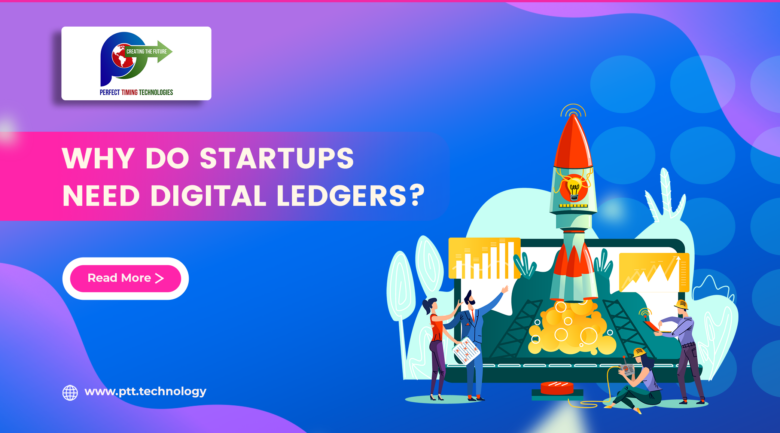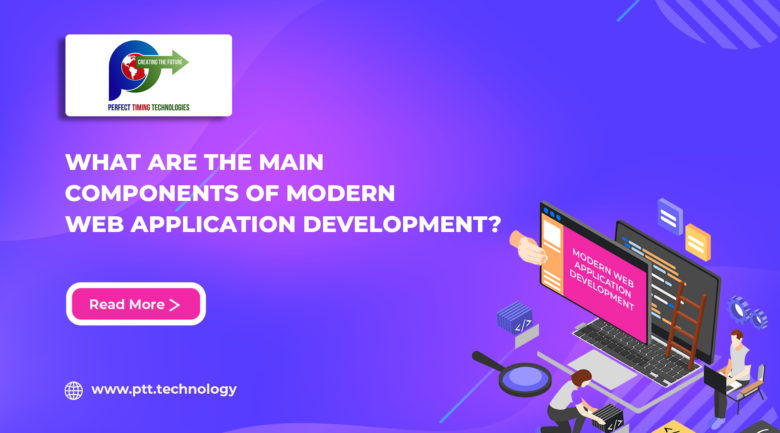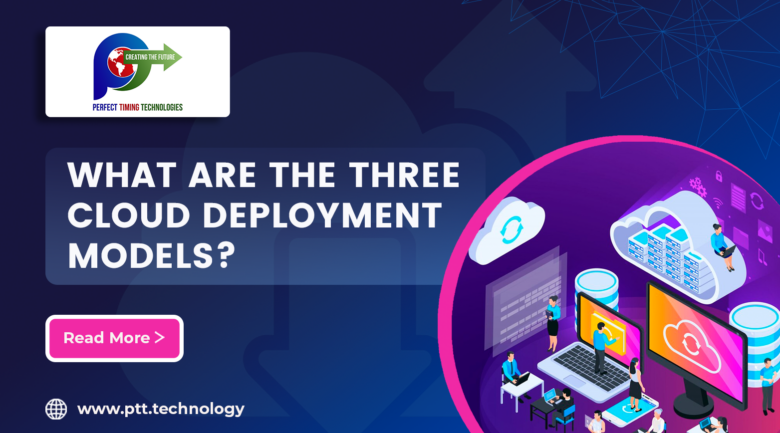
Application Programming Interface boosts business growth by increasing productivity and decreasing costs. But, integrating APIs into the company’s systems is a challenging task. If not handled efficiently, it can be detrimental to a company’s overall operations.
In our previous blogs, we gained a better understanding of Application Programming Interfaces. We also emphasized how APIs are crucial in modern software development, enabling different software components, systems, and services to communicate and interact smoothly. While APIs benefit modern businesses in numerous ways, they also come with many challenges.
Top Challenges of API Implementation
- Security and Compliance Challenges: Ensuring that only authorized users or applications can access and use the API is a significant challenge for organizations. Protecting sensitive data transmitted via the API and ensuring data integrity is essential to prevent data breaches. Protecting against malicious activity, such as DDoS attacks, injection attacks, and API abuse, is challenging and requires robust security measures to be practised. Ensuring that API complies with industry standards and regulations falls under security best practices that can be complex, especially in highly regulated industries.
- Reliability, Stability and Versioning Challenges: Ensuring high availability and minimizing downtime is challenging, as API downtime can disrupt services and result in a poor user experience. APIs must effectively handle the complexities of varying levels of traffic and scaling to accommodate changes in demand. Moreover, as APIs evolve, maintaining backward compatibility while introducing new features or making changes is a significant challenge. It can be tricky to deprecate and eventually sunset older API versions without breaking existing clients.
- Documentation and Error Challenges: Comprehensive and up-to-date documentation is crucial for developers to understand how to use the API effectively, as poor documentation can lead to confusion and errors. Effective error handling and reporting mechanisms are critical to informing developers about issues with their API requests. Similarly, inefficient error handling can lead to further confusion and frustration.
- Rate Limiting, Throttling and Cross-Origin Resource Sharing: Preventing abuse and ensuring fair use of the API by limiting the number of requests a client can make within a given time frame is essential but challenging to implement effectively. Managing and enforcing CORS policies to control which origins can access the API is equally complex, particularly in web-based applications.
- Testing, Monitoring and Data Format and Protocol Compatibility: Comprehensive testing, monitoring, and analytics are essential to detect issues, track performance, and gather usage data for improving the API. Also, ensuring that various data formats and communication protocols are consistent and compatible with the client’s needs can be challenging. Implementing these systems can be resource-intensive.
- Third-party Dependencies and Client Compatibility: When an API relies on third-party services or APIs, any changes or issues in those dependencies can affect the API’s functionality, reliability, and performance. Ensuring that APIs can be used across a wide range of clients, including web browsers, mobile apps, and different programming languages, can be challenging.
Conclusion
Addressing these challenges requires careful planning, continuous monitoring, and ongoing maintenance to ensure the reliability, security, and usability of the Application Programming Interface. Successful API development often involves the collaboration of API providers and consumers to create a seamless and efficient integration experience.
Contact our IT experts to know more about API and how to implement it in your business.







